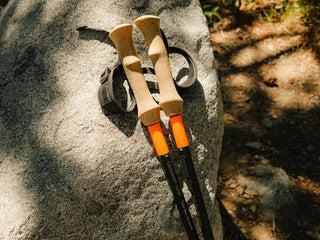Interview
Four Generations In the Making, Masaki Miyazaki of MIYAGEN Trail Engineering
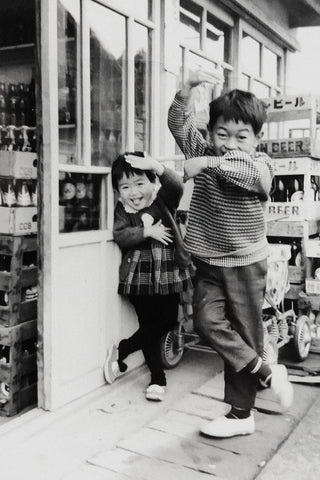
We first came across MIYAGEN Trail Engineering in 2022, when Masaki Miyazaki set out on the Pacific Crest Trail with his prototype backpack, the CREST40. Testing his design with every step, his relentless pursuit of the perfect backpack immediately caught our attention. As the fourth-generation successor of the 90-year-old MIYAGEN Sake Shop and a former engineer at a Japanese outdoor company, Masaki seamlessly blends tradition with innovation—crafting meticulously designed gear to empower adventurers around the globe.
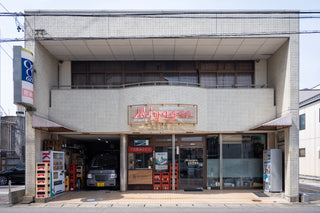
Masaki-san, it’s such a pleasure to meet you! Can you tell us a bit about yourself, MIYAGEN Trail Engineering, and how this all began?
Taking over a 90-year-old business is no small decision. What conversations did you have with your family, and what were your thoughts as you stepped into this role?
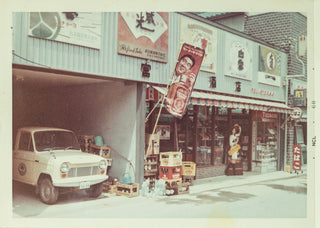
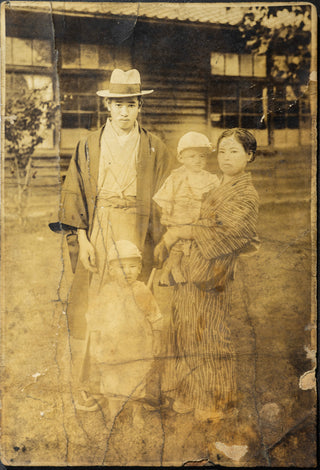
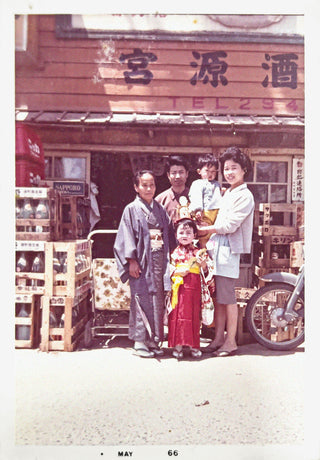
How did you come up with the name MIYAGEN Trail Engineering?
What formative experiences have shaped you as a person and a creator at MIYAGEN Trail Engineering?
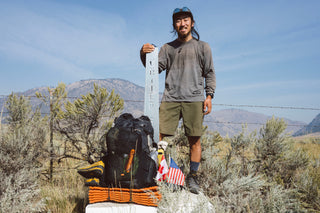
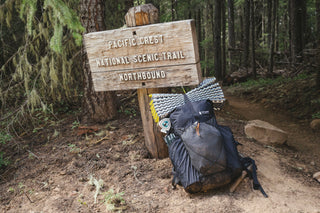
How has your engineering background shaped your approach to creating?
Can you share a few projects you’re proud of?
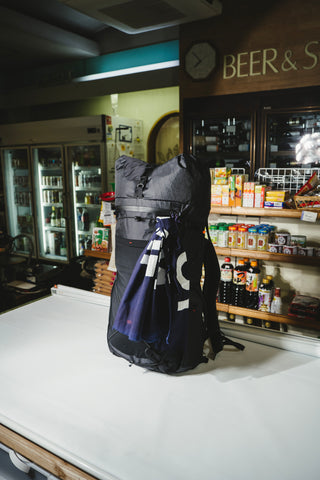
What’s next for MIYAGEN Trail Engineering?
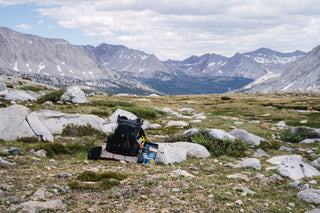
Published
Interview
Hayato Shin
Photos
MIYAGEN Trail Engineering

